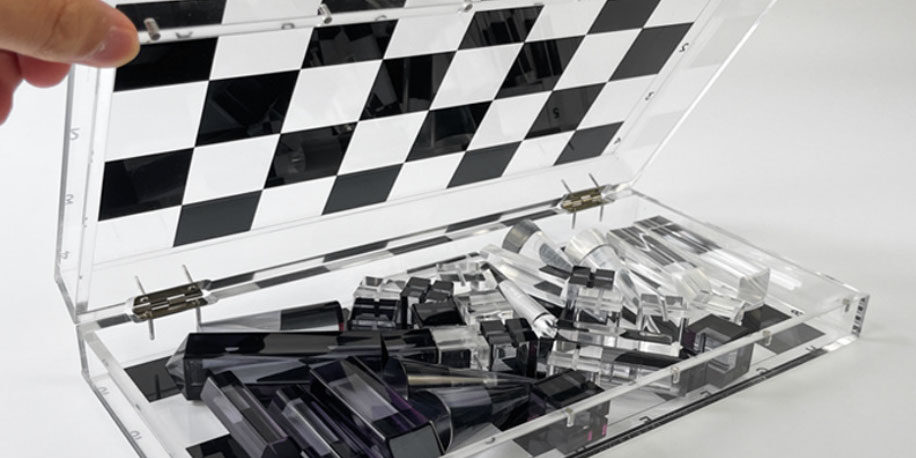The wooden pawns for board games, as one of the core elements of the game, play a vital role. They are not only the carriers of the players’ strategies and wisdom. But also the key to driving the game progress and determining the outcome. The types, numbers and functions of chess pieces vary in different games. But they usually follow some basic rules and principles. Here is an overview of the functions of wooden pawns for some board games:
Chess
King
The core of the game, the goal of both sides is to protect their own kings while trying to put the other kings in a “check” state (that is, unable to escape the threat of being eaten) to win. The king has limited mobility on the board and can only move one square in any direction at a time, but can “castle” to avoid threats when being checked.
Queen
The most powerful chess piece on the board, which can move and capture pieces in any direction (horizontally, vertically, diagonally) without limit. The queen is usually the key to the game and can quickly change the situation.
Rook
It can move and capture pieces in any number of squares in the horizontal or vertical direction. But usually used as a pillar for long-distance attack and defense in the game.
Bishop
Can only move and capture pieces diagonally in any number of squares. The color of the bishop corresponds to the color of the board (i.e. white bishops move on white squares, black bishops move on black squares). It has unique attack and defense capabilities.
Knight
Moves in the shape of a “sun”, that is, moves two squares straight and then one square horizontally, or moves two squares horizontally and then one square straight. The knight is one of the most flexible pieces on the board, able to quickly cross the empty area of the board and pose a threat to the enemy’s pieces.
Pawn
Can only move forward one square straight, but can move one square diagonally forward when capturing pieces. When a pawn reaches the opponent’s bottom line, it can be promoted to any piece except the king.
Chinese Chess
King
The main commander of both sides, the focus of protection. The king can only move within the nine-square grid, one square at a time, and cannot cross the river.
Advisor
Can only move one square diagonally within the nine-square grid, serving as the king’s personal bodyguard.
Bishop
Can only move diagonally within its own area, two or one square at a time (can only move one square when in check). The bishop has the dual role of protecting the king and attacking the enemy chess pieces.
Rook
Can move in any number of horizontal or vertical directions, is the main force of attack and defense on the chessboard.
Knight
Moves in the shape of a “sun”, has a unique jumping ability, can quickly cross the empty area of the chessboard, and poses a threat to the enemy chess pieces.
Cannon
Must be separated by a chess piece when capturing, has long-range attack capability. The cannon is highly flexible and can be combined with other chess pieces for combined attacks.
Pawn
Before crossing the river, it can only move forward one square. After crossing the river, it can move forward, left, or right one square. Pawns are the most numerous pieces on the board. Although they are weak individually, they can form a powerful offensive when acting collectively.
Go
There are no fixed types and numbers of pieces in Go, only black and white pieces. Each piece has the same function on the board: occupying territory, connecting and surrounding the opponent’s pieces. The goal of Go is to compare the size of the territory of both sides by surrounding the territory, thereby determining the winner.
Gobang
Gobang also has only black and white pieces. Both sides take turns placing pieces on the board, and the player who first forms five consecutive pieces of the same color wins. Gobang pieces are mainly used to connect and form five consecutive pieces.
Summary
The wooden pawns on the game board have their own unique roles and rules, which together constitute the strategy and gameplay of the game. Understanding the role of chess pieces is crucial to developing effective strategies and improving your game skills. Although the chess pieces in different games are different, they all follow some basic rules and principles. Such as protecting important chess pieces, controlling key areas, and forming combined attacks.













